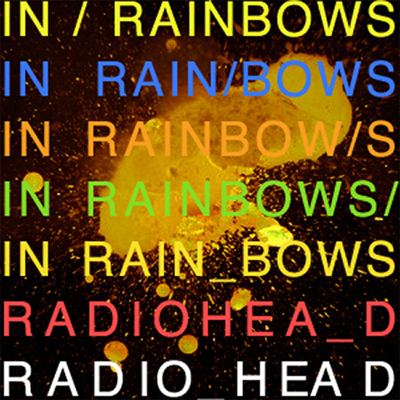 Science Daily has an interesting, if a bit wide-eyed, look at ASSA (Automatic Style Specific Accompaniment), computer software that applies concepts of music theory to intelligent automatic harmonization of melodies.
Science Daily has an interesting, if a bit wide-eyed, look at ASSA (Automatic Style Specific Accompaniment), computer software that applies concepts of music theory to intelligent automatic harmonization of melodies.
In a nutshell, the software harmonizes melodies in the style of U2, Radiohead or other existing source material.
The system is described in Ching-Hua Chuan’s paper on Automatic Style-Specific Accompaniment:
The system aims to assist music lovers in writing a complete song with sophisticated chord progressions. The system takes melody as input, and harmonizes it with style-specific accompaniments. The system is hybrid: statistical learning such as Support Vector Machine (SVM) maintains the style by learning from only a few pieces from users’ favoriate bands/song writers, while music knowledge such as Neo-Riemannian Transform ensures the generated chords are resolved musically correctly.
Two experiments are conducted for this project. In the first experiment, the system harmonizes the melody of the song Across the Universe from Beatles using three different rock bands’ styles: Radiohead, U2, and Green Day. The second experiment is a Turing test: the system generates a new accompaniment for a melody of Radiohead’s song based on the other songs of the band.
Here’s Science Daily’s take on how it works:
The takeoff point of the Chew-Chuan analysis is one on which much recent music theoretic work is based — the work of 19th century German theorist Hugo Riemann, who rethought the old ideas of harmony, creating new ways of representing rules that make some, but not all, rhythmic successions of overlaid notes sound musical. Riemann’s representation has only recently been applied to rock music.
The ASSA analysis looks at the tree of possible accompanying chord sequences, and analyzes which branches are followed, treating the unfolding string of possibilities as a Markov series – that is, a temporally ordered series of states (in this case, chords) in which chord determines its successor.
The resulting system thus has two elements. One is analysis of complete, accompanied music samples for what (neo-Riemannian) harmonic progressions they tend to follow. The second is taking these derived stylistic rules and using them to generate accompaniment — using a Markov series — for a user-provided melody.
There are demos available at Chuan page for the paper. The demos sound pretty wooden – but the process of understanding the underlying rules of a musicians style – and why knowing the rules isn’t enough to reproduce it – expands our understanding of how musical styles work.
